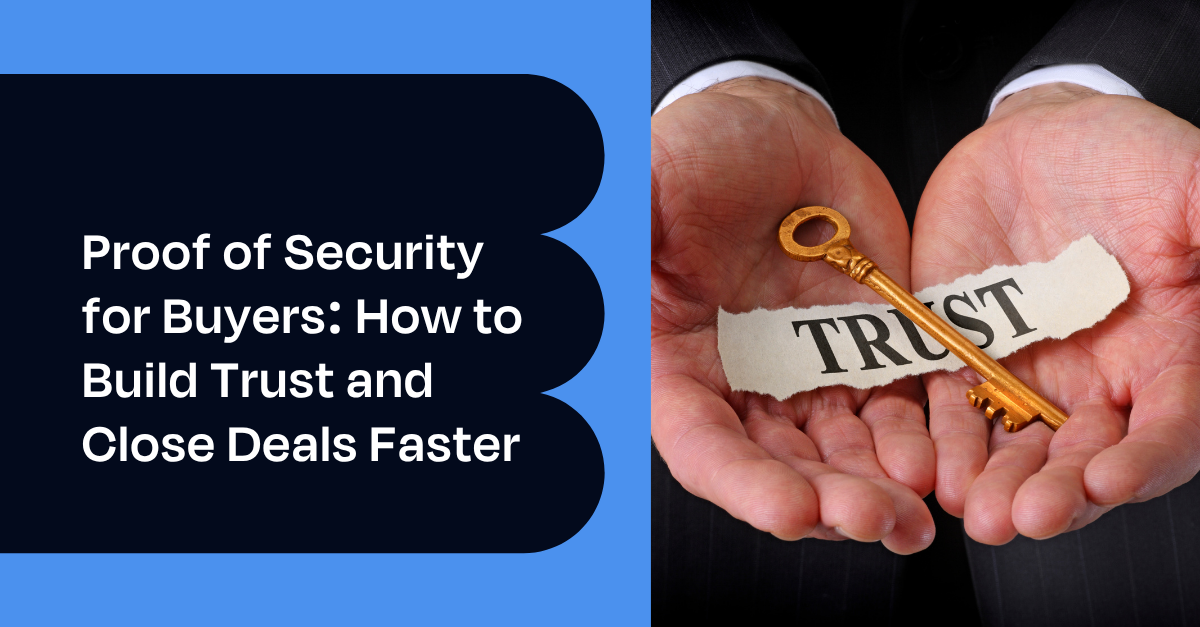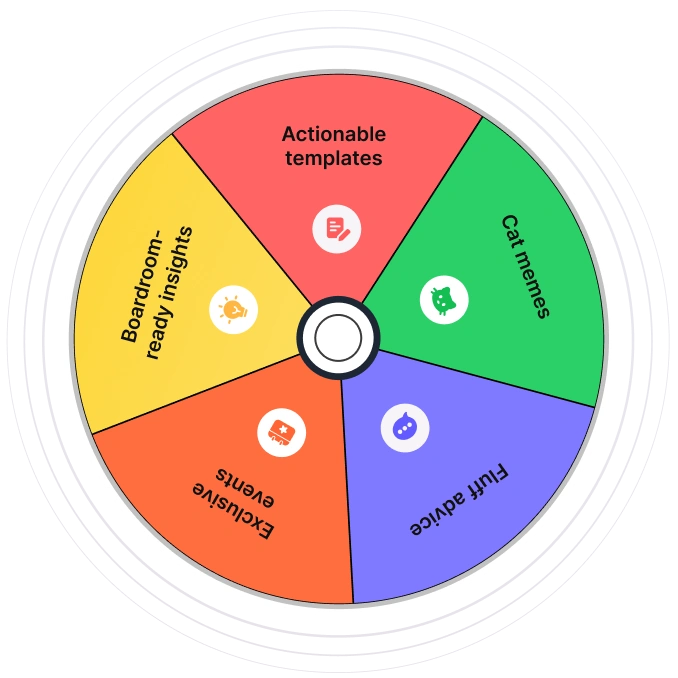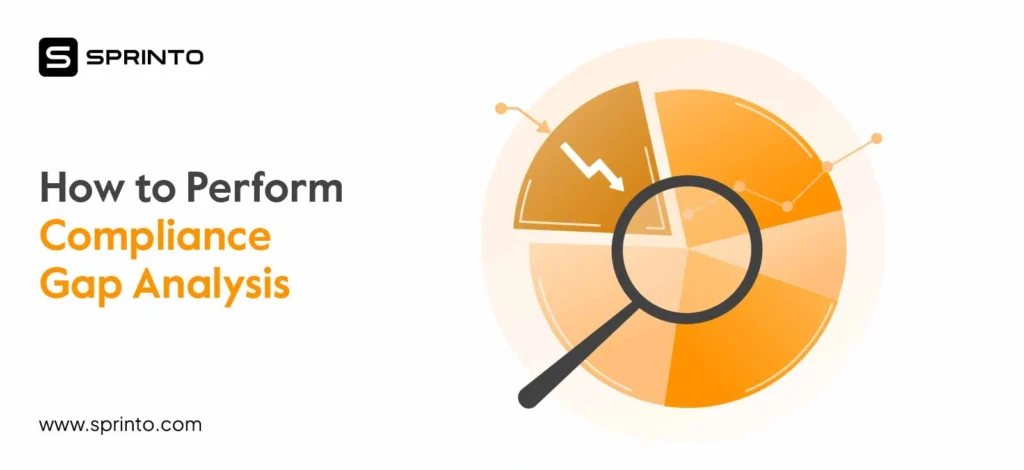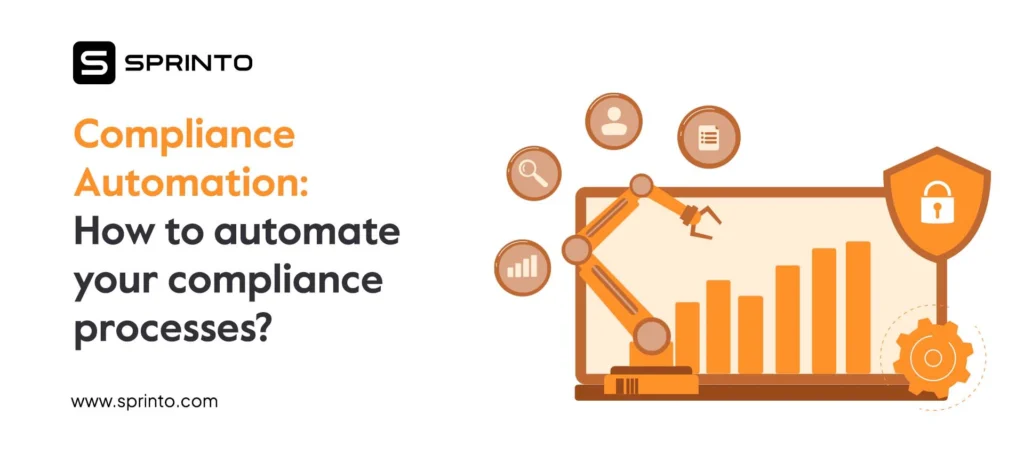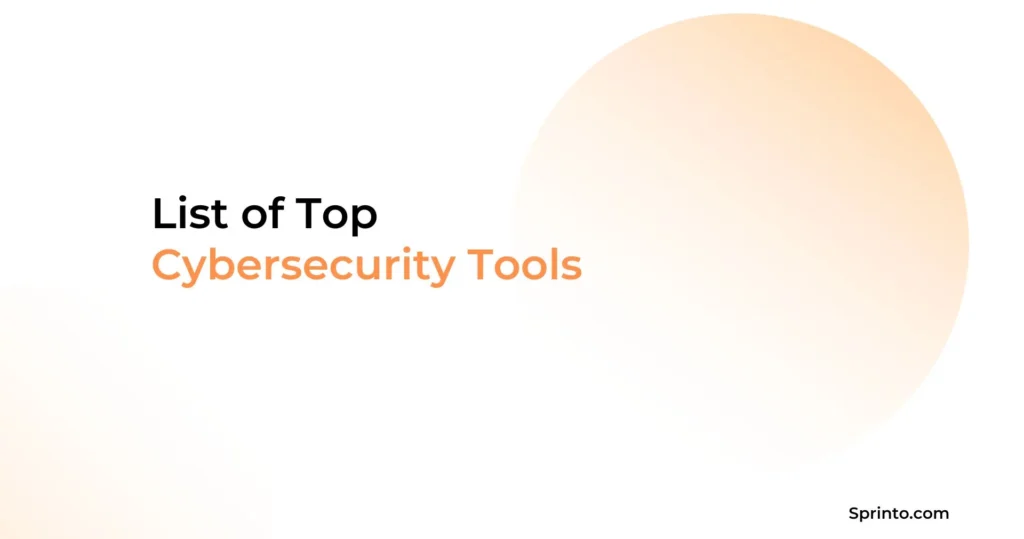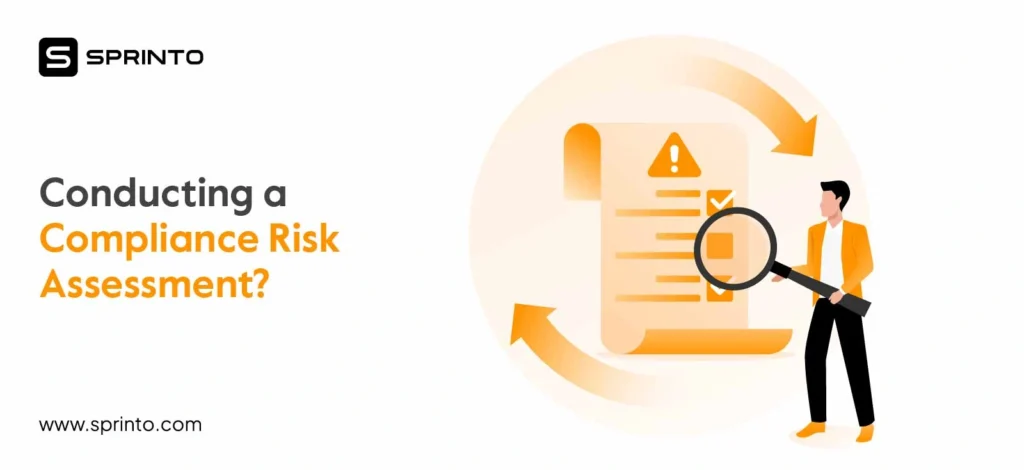Buyer trust is currency in SaaS sales. Prospective customers, especially at the mid-market and enterprise levels, no longer accept promises about security. They expect proof. Without tangible proof of security for buyers, deals slow down, procurement cycles stretch, and opportunities are lost.
Showing clear and credible security documentation like SOC 2 reports, pen test summaries, and compliance evidence makes buyers feel confident in your product. This confidence speeds up sales cycles, improves win rates, and helps your team build buyer trust that translates into growth.
In this blog, we’ll break down the receipts that matter most, why they build trust, and how you can showcase them to turn security into a sales advantage.
Why do Buyers Need Proof?
Modern SaaS buyers are more cautious than ever. High-profile data breaches and stricter compliance regulations have made security a deciding factor in vendor selection. For procurement and security teams, promises are not enough—they expect proof of security for buyers before moving forward.
There are three main reasons why proof matters:
- Risk mitigation: Buyers are accountable for protecting their customer data. Choosing a vendor without credible compliance evidence puts them at risk of reputational and financial damage.
- Procurement and legal requirements: Many mid-market and enterprise companies cannot legally or contractually buy from a vendor that cannot demonstrate security certifications, pen tests, or policies. Proof is no longer optional; it’s a mandatory checkbox.
- Trust and confidence in sales: Clear security documentation helps you build buyer trust faster. When evidence is ready and accessible, deals move smoothly without endless back-and-forths over questionnaires or missing documents.
In short, proof removes friction. It reassures buyers, accelerates trust, and helps SaaS vendors stand out in crowded markets.
The Receipts That Matter the Most
When buyers ask for proof, they’re not looking for endless technical details. They want to see the receipts that give them confidence you’ve done the work to safeguard their data. Below are the proofs that consistently carry the most weight with SaaS buyers—what they are, why they matter, and how to present them.
1. SOC 2 Report
For SaaS companies, a SOC 2 report is often the single most powerful piece of evidence you can show. It’s an independent audit conducted by a certified third party that validates how you handle security, availability, confidentiality, and privacy. Because it’s so widely recognized, especially in the U.S., buyers often ask for it first.
Having it shows you’re not just claiming to follow good practices; It proves you’ve been tested and approved. The best way to present a SOC 2 is through a controlled process, either by sharing a “SOC 3” summary report publicly or providing the full SOC 2 under NDA.
2. ISO 27001 Certification
If you’re selling internationally, ISO 27001 carries as much weight as SOC 2. This certification demonstrates that your company has an established information security management system (ISMS) and that it has been certified against global standards.
For European and APAC buyers, ISO is often the default expectation. Presenting the certificate along with its scope statement gives buyers clear visibility into what parts of your business are covered, which builds confidence quickly.
3. Penetration Test Reports
A penetration test (or pen test) is where ethical hackers attempt to exploit weaknesses in your environment, much like an attacker would. Sharing proof that you run these tests regularly signals that your security program isn’t theoretical—it’s battle-tested. Buyers don’t need to see every vulnerability identified; in fact, raw reports are too sensitive.
What matters is the executive summary that confirms you’ve undergone the test and remediated critical findings. It’s proof that you don’t just set policies, but you also validate them against real threats.
4. Security Policies
While certifications and audits carry authority, buyers also want to know how your team approaches security daily. Well-documented policies around areas like data encryption, access control, vendor management, and incident response serve as proof of operational maturity. Buyers equate strong documentation with strong discipline.
When presenting policies, avoid jargon-heavy internal documents. Instead, create clear, polished versions in PDF or share them via a security knowledge base where they’re easy to browse.
5. Vulnerability Management Evidence
Security is never “one and done.” Buyers want to see that you monitor and address risks continuously, not just once a year. Evidence of vulnerability management — such as regular scan results, patching timelines, or remediation reports — reassures them that your environment is consistently being watched and improved.
A good practice is to provide quarterly reports or even anonymized screenshots that show how issues are identified and closed. This proof builds long-term trust by showing your program is ongoing, not reactive.
6. Regulatory compliance Proof (GDPR, HIPAA, etc.)
Depending on your buyer’s industry or geography, regulatory alignment may be a non-negotiable. Healthcare companies often ask for HIPAA proof, EU buyers demand GDPR alignment, and fintech companies may want PCI DSS. Having attestations or certifications in these areas shows you understand and meet their obligations. Even a formal compliance letter or auditor attestation can serve as strong evidence and keep deals from stalling at the legal stage.
7. Trust Center or Security Page
Finally, one of the most effective ways to package all of this proof is by hosting it in a centralized trust center or dedicated security page. Instead of emailing documents back and forth, you give buyers a single, professional hub where they can request or download the information they need.
A well-structured trust center signals transparency, speeds up security reviews, and makes your company look enterprise-ready. For sales teams, it’s also a powerful way to stay proactive and in control of the narrative.
Presenting the Right Receipts
Collecting the right receipts is important but presenting them well is what actually builds trust. Here’s a simple framework to follow:
Step 1: Create Two Versions of Sensitive Proof
Not every document can (or should) be shared openly. For certifications and audit reports, prepare:
- A summary version (like a SOC 3 or executive summary) that can be shared proactively.
- The full version must be made available only under NDA for buyers who require a deeper look.
Step 2: Standardize Your Policy Pack
Buyers often ask for policies on access, encryption, or incident response. Instead of sending messy internal documents, build a clean, branded “policy pack” in PDF format. It signals maturity and saves your team from reformatting every time.
Step 3: Build a Trust Center
Centralize all your security documentation in one place. A trust center makes it easy for buyers to self-serve, while giving you control over what’s public and what requires approval. This reduces endless email back-and-forth.
Step 4: Equip Sales With Ready-to-share Assets
Don’t leave security proof buried with your compliance team. Create a sales-friendly folder or portal where your reps can instantly grab the right compliance evidence during calls or RFPs. Speed and consistency are key.
Step 5: Refresh and Update Regularly
Out-of-date certifications or pen test summaries do more harm than good. Keep everything current — at least annually for certifications, quarterly for pen tests, and ongoing for policies. Buyers want to see that security isn’t static.
Centralize SOC 2 reports, pen test summaries, and security policies in a single Trust Center. Talk to our experts to set it up fast.
How to Showcase Proof of Security
Packaging your security evidence the right way is step one. The next step is making sure buyers actually see it, and see it at the right time. If proof only shows up when a questionnaire lands, it feels like a formality. But if you showcase it earlier, it becomes a trust signal that strengthens your pitch and accelerates deals.
Here’s how to do it:
1. Lead With Security in Your Pitch
Instead of waiting for buyers to raise concerns, highlight your key certifications and controls in your sales deck. Even a single slide with SOC 2 or ISO 27001 immediately reassures buyers that you’ve met industry standards.
2. Arm Sales With a Trust Asset
Create a branded one-pager that distills your strongest compliance evidence—certifications, pen test cadence, uptime commitments, and data handling practices. This makes it easy for sales reps to share proof proactively in early conversations.
3. Keep Showcasing After the Sale
Proof isn’t just for winning new customers, it’s also for keeping them. Share updates when you renew certifications or complete audits. Continuous visibility reinforces long-term buyer trust and makes renewal conversations easier.
Impact of Building Trust With Buyers
When buyers trust you, everything moves faster. Security proof isn’t just about passing due diligence—it directly shapes your sales velocity, deal size, and long-term retention.
Here’s how strong proof of security for buyers pays off:
1. Shorter Sales Cycles
Procurement reviews are one of the biggest deal-killers in SaaS. By surfacing clear security documentation upfront, you eliminate hesitation and cut weeks off sales timelines. For example, Equalture accelerated enterprise sales after becoming ISO 27001 compliant with Sprinto. Instead of losing time on lengthy questionnaires, their team could confidently say “yes, we’re compliant,” which removed friction and kept deals moving forward.
2. Higher Win Rates
In competitive evaluations, features often look similar. What tips the scale is trust. When you can hand over compliance evidence from independent audits, buyers feel reassured you’ve already been tested and verified. This credibility instantly separates you from vendors who rely on promises or vague policies.
3. Bigger Deal Sizes
Enterprise buyers won’t sign contracts, let alone consider a pilot, without credible security certifications for customer trust like SOC 2 or ISO 27001. Proof of security doesn’t just win you deals; it earns you the right to play in bigger markets, unlocks higher-value contracts, and gets you into RFPs that would otherwise be off-limits.
4. Stronger Retention
Winning the deal is only half the battle. Customers want to know you’ll keep protecting them long after the ink dries. Regularly sharing audit renewals, pen test results, or certification updates shows an ongoing commitment. This consistency reinforces confidence, smoothing renewal cycles, and reduces churn risk because trust compounds over time.
Close bigger deals with faster sales cycles. Talk to Sprinto’s experts to automate SOC 2, ISO 27001, and continuous monitoring.
How Sprinto Helps
Building proof of security for buyers doesn’t have to be slow, expensive, or resource-draining. Sprinto automates compliance so SaaS companies can get audit-ready fast, maintain controls continuously, and showcase proof with confidence.
Here’s how Sprinto helps you build buyer trust at scale:
- Get certified faster: Become audit-ready for SOC 2, ISO 27001, GDPR, and HIPAA in weeks, not months.
- Centralize compliance evidence: Collect and organize all documentation in a single source of truth.
- Showcase proof proactively: Share security reports and certificates easily through a buyer-friendly trust center.
- Maintain trust continuously: Monitor controls, flag gaps, and stay compliant as your company grows.
Ready to take the next step? Speak to our experts.
FAQs
Most SaaS buyers prioritize SOC 2 reports as the primary proof of security. It’s a widely recognized audit that validates your controls around security, availability, confidentiality, and privacy. Having it ready upfront can dramatically speed up procurement.
Yes. While certifications like SOC 2 or ISO 27001 are highly valued, startups can build trust through security documentation, transparent policies, regular vulnerability scans, and clear responses to questionnaires. Early visibility and consistency often outweigh formal certificates at initial stages.
Key proofs include SOC 2 or ISO 27001 certifications, penetration test summaries, security policies, regulatory attestations (GDPR, HIPAA), and a centralized trust center. These proofs show buyers that your security practices are independently validated, ongoing, and well-documented.
Use a combination of summary reports, a trust center, or a branded one-pager. High-level overviews can be shared proactively, while full reports are provided under NDA. Centralizing evidence makes it easy for sales teams to respond quickly to requests.
Yes — overly technical or sensitive details can confuse buyers or expose risks. Share high-level summaries publicly and provide detailed reports only under NDA. Focus on clarity and relevance rather than dumping raw data.
Radhika Sarraf
Radhika Sarraf is a content marketer at Sprinto, where she explores the world of cybersecurity and compliance through storytelling and strategy. With a background in B2B SaaS, she thrives on turning intricate concepts into content that educates, engages, and inspires. When she’s not decoding the nuances of GRC, you’ll likely find her experimenting in the kitchen, planning her next travel adventure, or discovering hidden gems in a new city.
Explore more
research & insights curated to help you earn a seat at the table.



